Conveyor belt systems, introduced during the first industrial revolution have radically changed the landscape regarding efficiency, material movement, and product quality. They have become an essential tool of modern industry and an important part of the supply chain. Read More…
Our conveyor belts are ISO 9002 and FDA certified. We can use our belts in nearly every industry, from transmission timing belts to conveyor belts for foods.
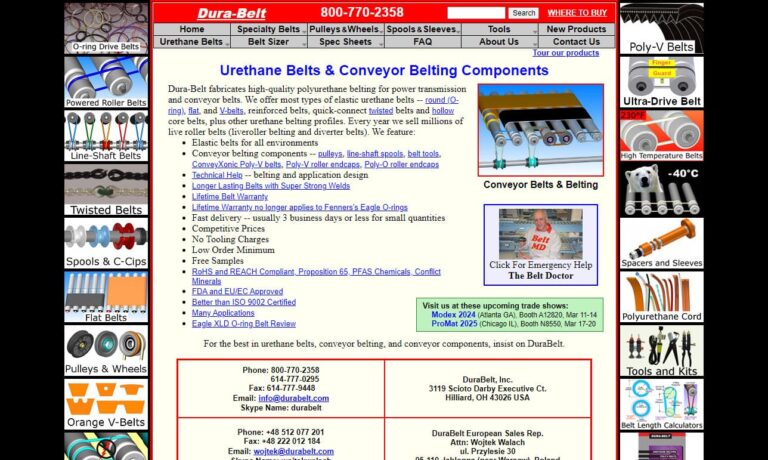
Creating conveyor belts at Fabrication Unlimited such as rubber belting, flat belts, endless belting, PVC, urethane belting, timing belts, cleated belting, specialty unscrambler belts (made-to-order), & corrugators belts, can be done with fast turn around for all fabricated belting offered. Serving food processing, agricultural, pharmaceutical, recycling, beverage and other industries.

Custom conveyor belting is fabricated by Beltservice Corporation and available through our distributors or OEMs. From this conveyor belt manufacturer, you will find agricultural, cleated, elevator, food handling, heat-resistant, heavy-duty and light-duty, incline, package-handling belting and more.

Come to Con-Belt Inc. for quality flat belts. Established in 1991, we have over twenty years of manufacturing experience and can meet your specifications and exceed your expectations. All of our products are made with pride in U.S. and are compatible and interchangeable with most major manufacturers’ conveyor equipment. Contact us today for further information about the products we offer.

More Metal Conveyor Belt Manufacturers
The common materials used to produce conveyor belts vary from fabrics, plastics, rubber, and metal, with metal being the most durable and long lasting.
The use of metal conveyor belts has become a revelation for manufacturers due to their durability, strength, longevity, and endurance that metal conveyor belts provide. In industries that necessitate products being sintered, sprayed, coated, cooked, heated, cooled, or treated, metal conveyor belts have become a necessary part of product production. Metal conveyor belt conveyance systems are known for their dependability and consistency in all types of environments and conditions.
Reasons to Choose Metal Conveyor Belts
Aside from the strength of metal, there are other factors that manufacturers use to select a metal conveyor belt. All production operations are subject to time requirements, quality, and labor costs. These particular factors are some of the basic reasons that conveyor systems have become so popular. To control the time required to move products and materials, supply chain engineers calculate each stage of an operation to find the smoothest methods that meet the requirements of materials and time.
The lasting quality of the conveyance system is included in the examination of various materials since failures can be expensive. While most conveying systems are known to be highly dependable, metal conveying belts have been found to be the most reliable and adaptable to meet product movement needs. Metal conveyor belts are ideal for moving heavy, complex, intricate, or odd-shaped materials.
Strength to Weight Ratio
Mesh, wire, brackets, rods, and thin pieces of metal are used to produce metal conveyor belts, which have high tensile strength and the ability to endure the requirements of any application. Regardless of their exceptional strength, metal conveyor belts are not that much heavier than other forms of conveying systems. Their added durability and strength are capable of moving heavy materials without requiring more power or extra care. This particular cost factor may be overlooked when exploring the various types of metal conveyor belts, since it may be assumed that the use of metal increases weight.
Customizability
Every form of conveying system has to be adjusted to fit the environment where it will be used. This is especially true for other forms of belt conveyors and is an important selling point. Although metal belt conveyors are made of metal, they can easily be adapted to any form of production system, including curves, turns, and movement between levels. Since metal belt conveyors hold materials firmly in place by friction, they tend to be more dependable when there are changes in the path of a conveying system.
The many varieties of metal conveyor belts make it possible to choose one for any circumstance. Woven wire, slats, ladder, perforated, and mesh metal conveyor belts can be engineered and installed at the required length and speed regardless of the type of product. Although metal conveyor belts are made of metal, they are like any other type of fabric, but with the added features of high strength and longevity.
Materials
The main materials used to produce metal conveyor belts are galvanized steel, carbon steel, stainless steel, and mild steel, which are chosen for their strength. The range of metals make it possible for designers and engineers to choose a metal that matches the corrosion, temperature resistance, and tensile strength requirements of an application. The metal chosen for metal conveyor belts are designed to withstand constant use and stress.
Stretchability
Other forms of conveyor belt materials, over time, stretch and deform during operation due to stress and strain on the material. This requires the installation of a new conveying system or the replacement of the conveying belt. Metal conveyor belts, however, are not susceptible to stretching or losing their shape. They retain their configuration regardless of the environment or working conditions, which makes them ideal for applications where performance, dependability, and longevity are required.
Smooth Movement
Metal conveyor belts move smoothly from end to end without pulsing motions or difficulties with the drive. Their smooth movement matches the motion of their control system. The even smooth movement of conveying systems is a necessity for the safety of personnel and products. Motions outside the parameters of the control system can be harmful and slow operations.
Types of Metal Conveyor Belts
Metal conveyor belts can take several forms, which include woven wire, metal slats, mesh of various forms, and metal rods. Each of the types is selected to serve the requirements of a particular application and conveying system. Wire mesh metal conveyor belts are one of the more common forms of metal conveyor belts, which are available in several forms and different weaves. Slat metal conveyors are sturdier, and consist of rectangular pieces of metal that are held on a chain drive to smoothly carry materials.
Mesh, woven, and slat metal conveyor belts provide solid surfaces for moving materials, which resemble plastic or fabric conveyor belts. Eyelink and ladder metal conveyor belts have more open space to allow for the flow of heat and cool air. They are constructed of metal rods that are linked together by being twisted and hooked at their ends.
Unlike the other forms of metal conveyor belts, flat metal conveyor belts are made of metal sheets that are connected together to form a metal belt. They have the same appearance as fabric or plastic conveyor belts with stainless steel being the most used metal. They are designed for applications that require a flat smooth surface that is durable and resistant to damage from heavy materials. The power system for metal sheet conveyor belts is similar to that used for fabric and plastic conveyor belts.
Conclusion
The introduction of conveyor belts in the 19th century provided a leap forward for material movement and efficiency. They helped reduce worker injuries and ensured rapid handling and availability of critical materials. The development of metal conveyor belts have added to the stability and dependability of conveyor belts due to their strength, ability to transport heavy loads, and longevity.

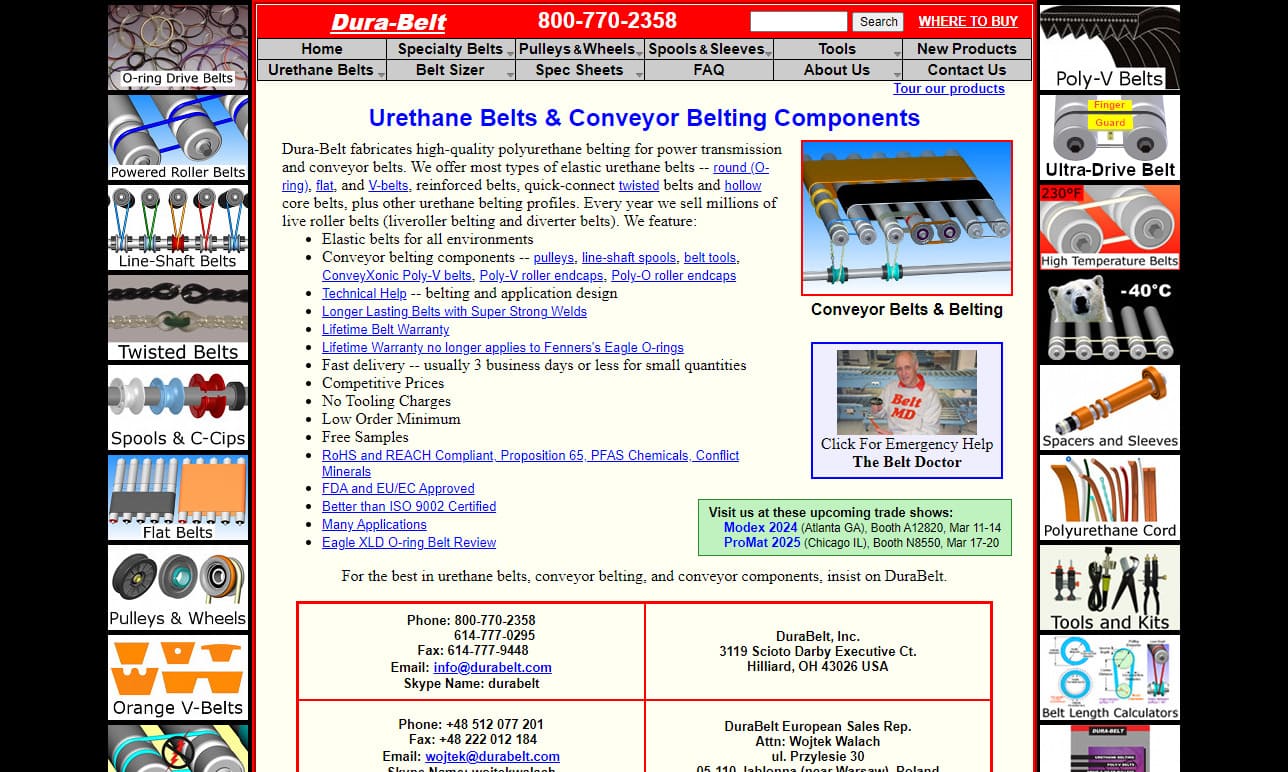




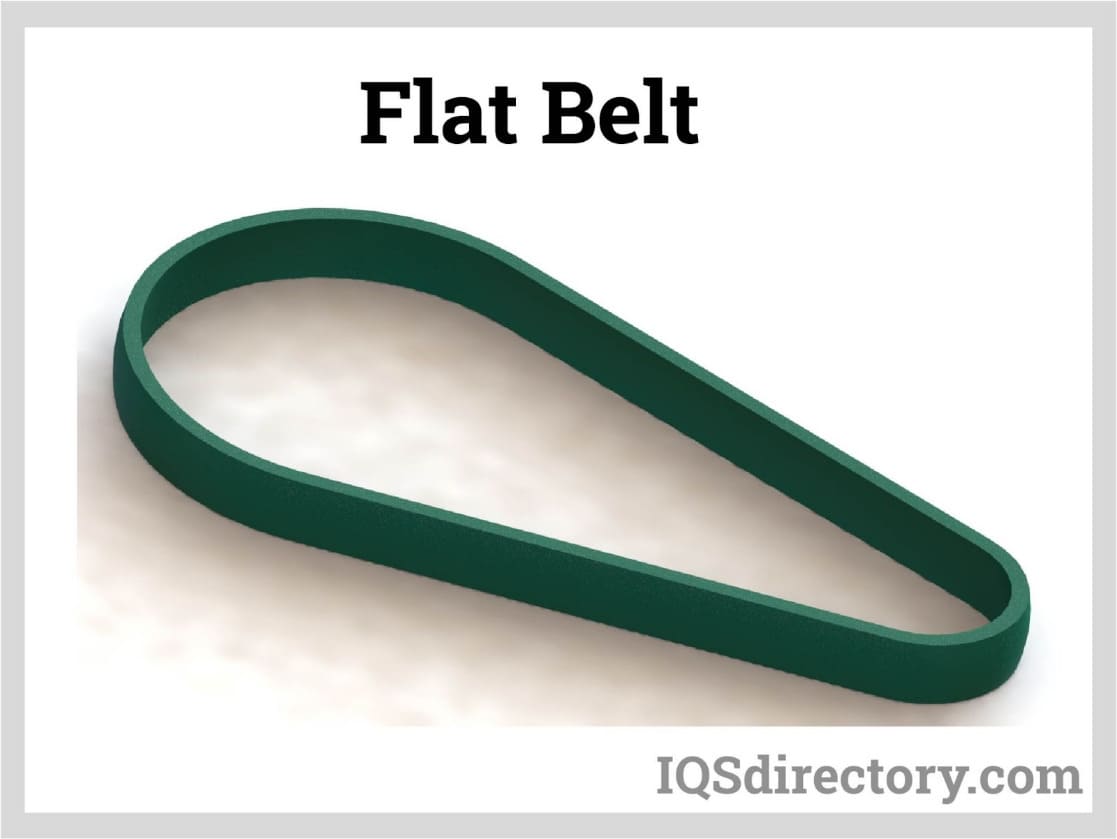
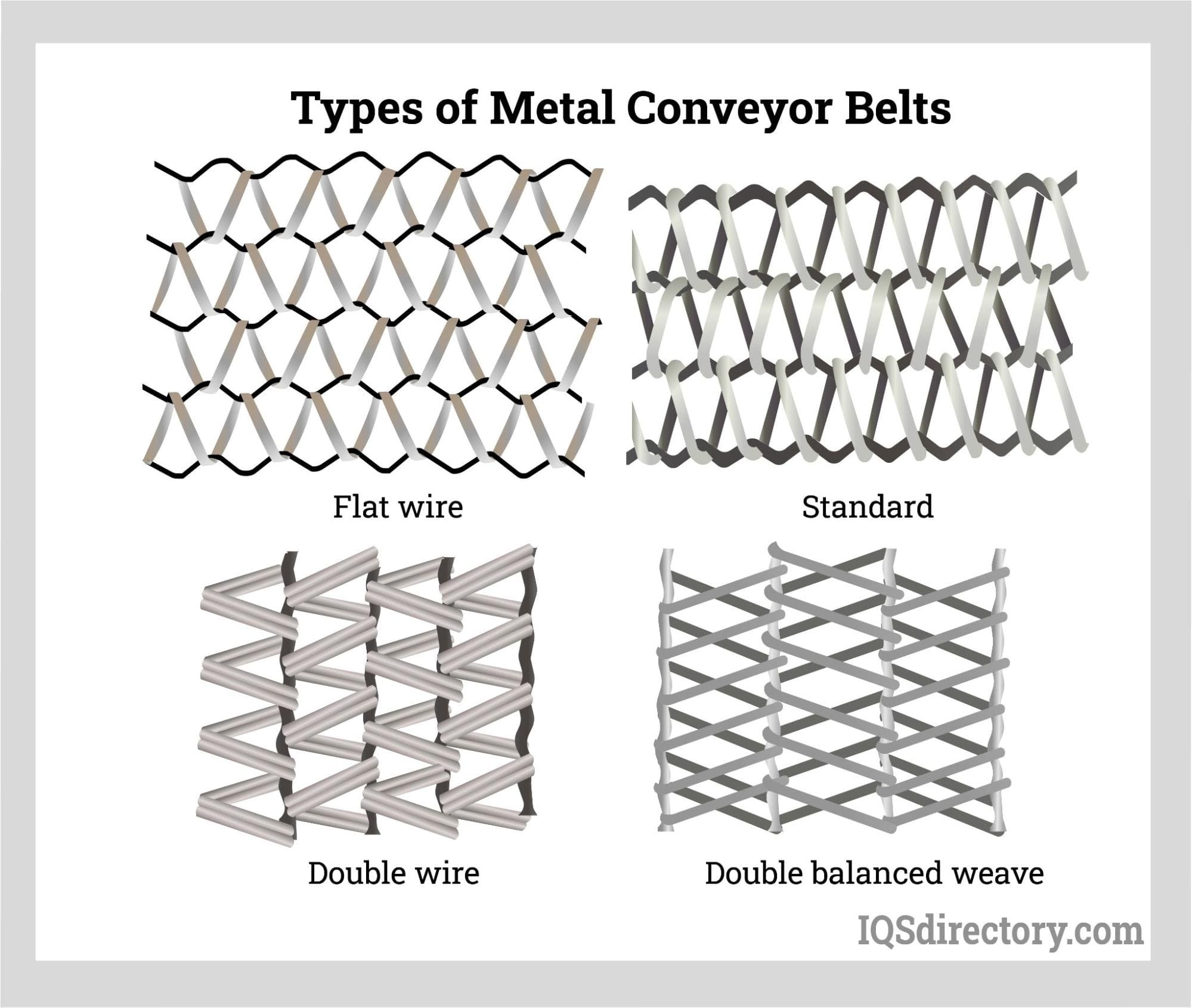
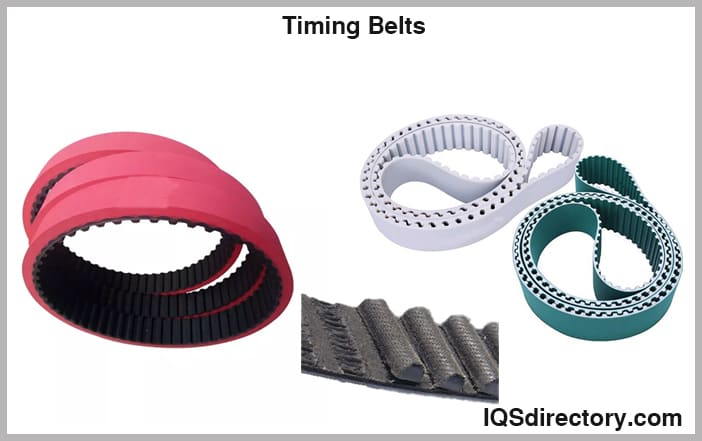
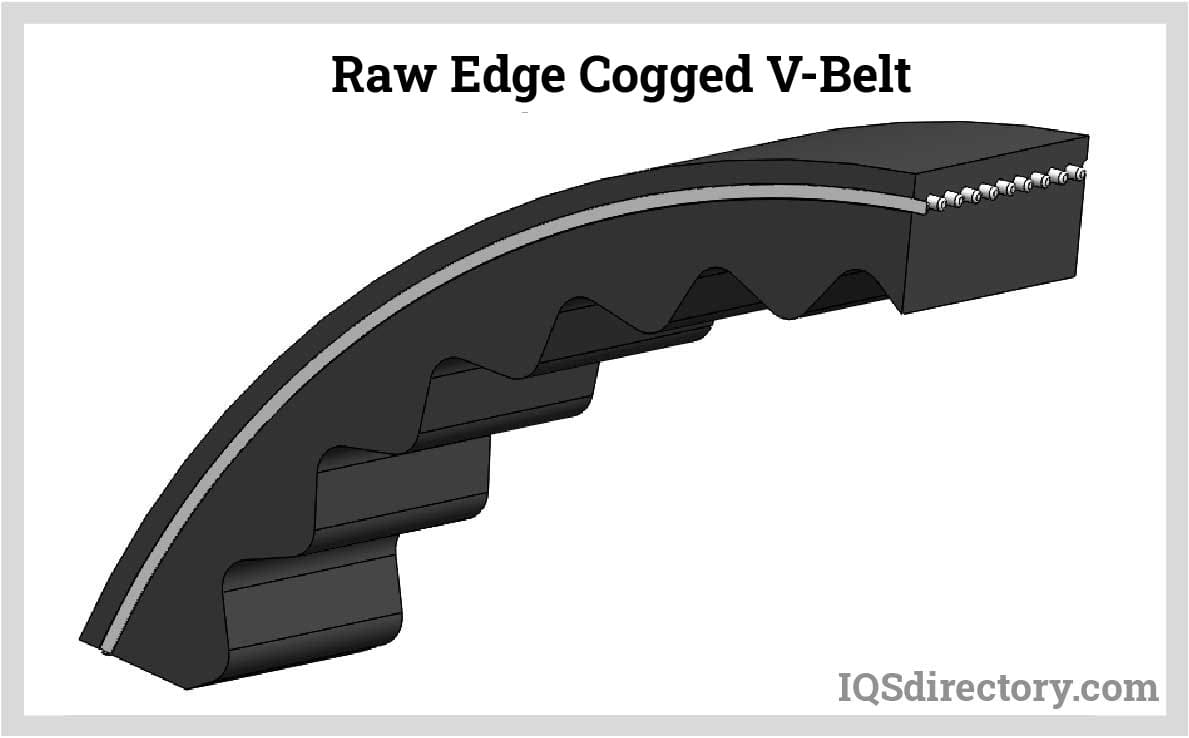
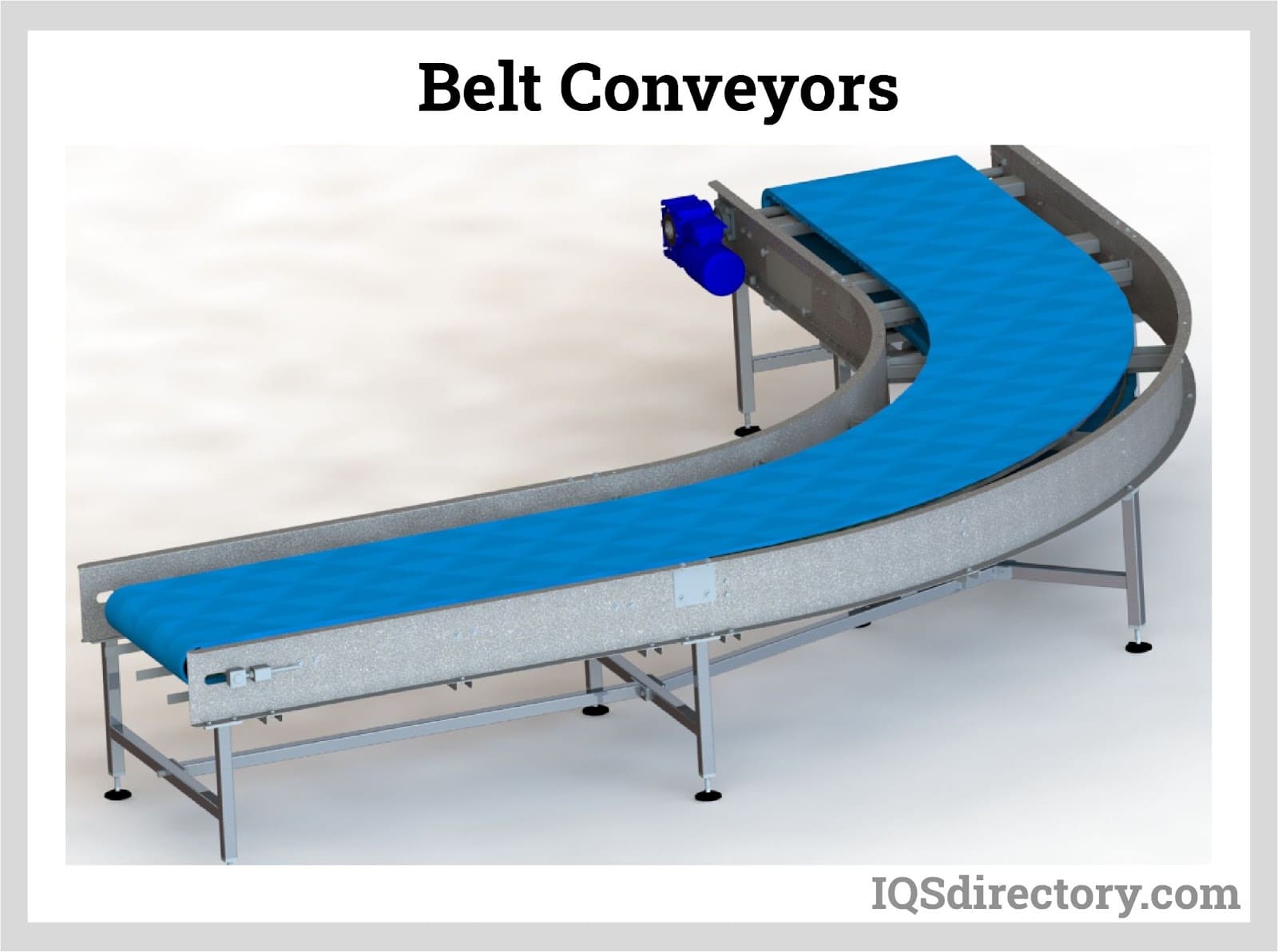

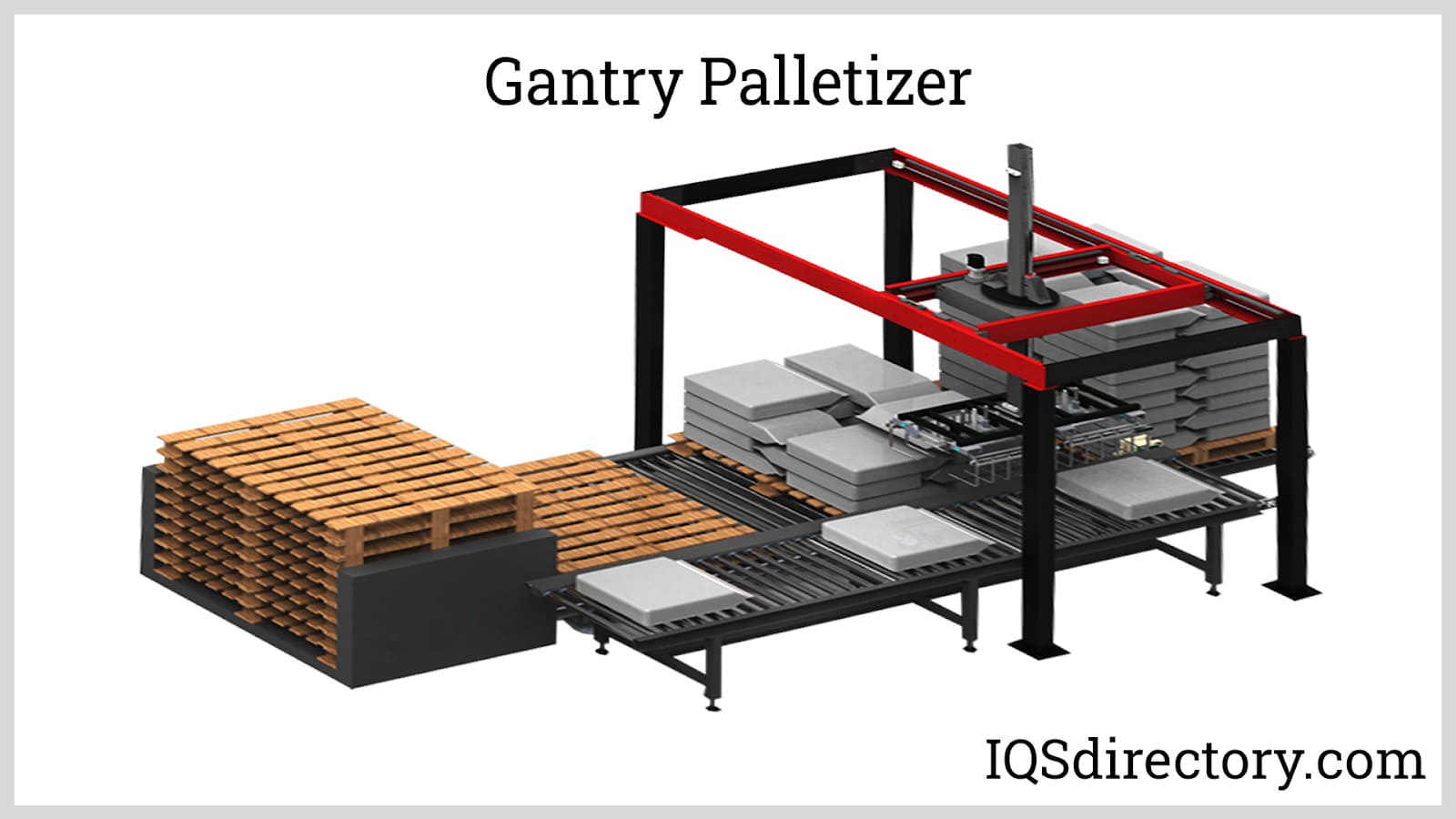
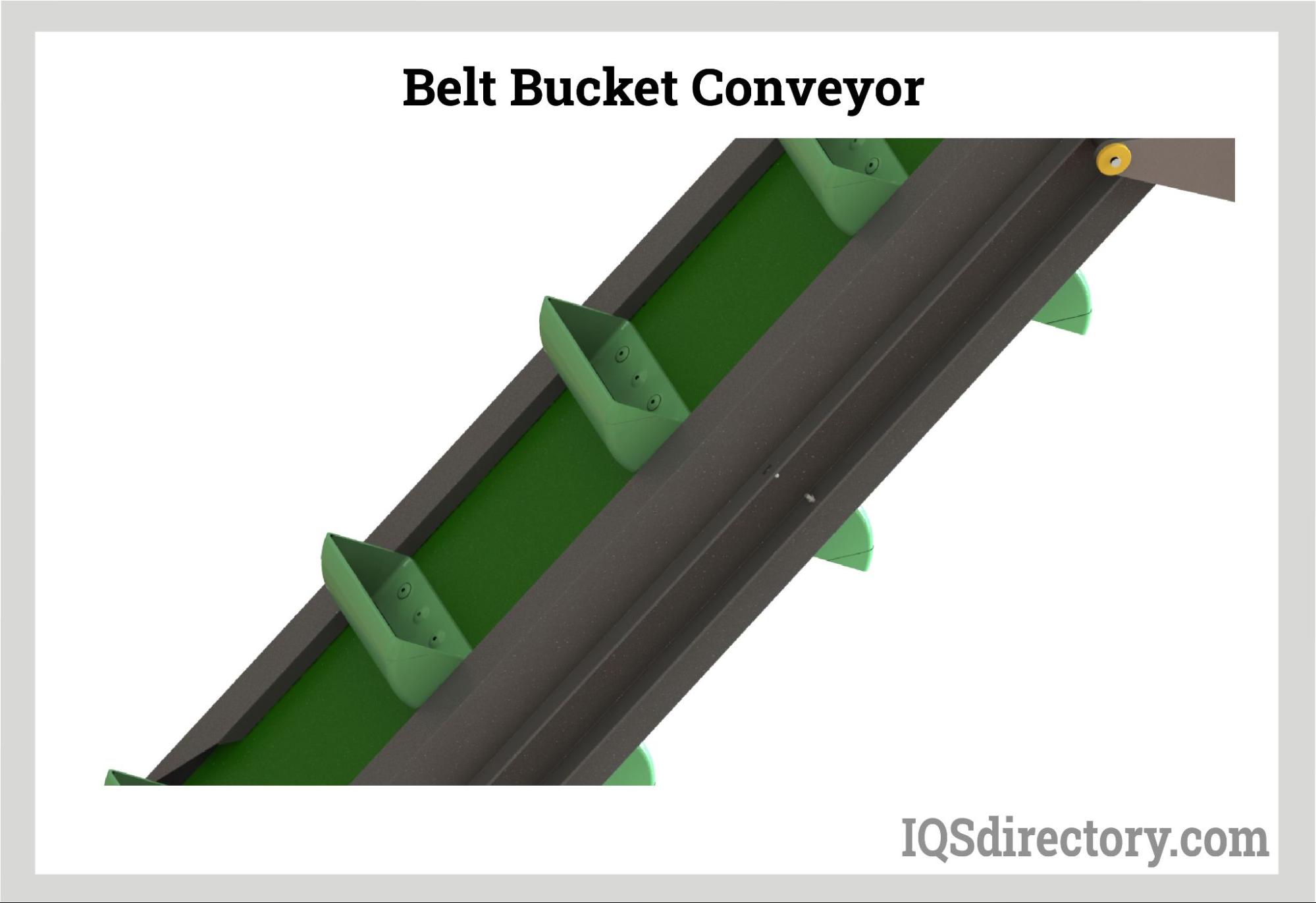
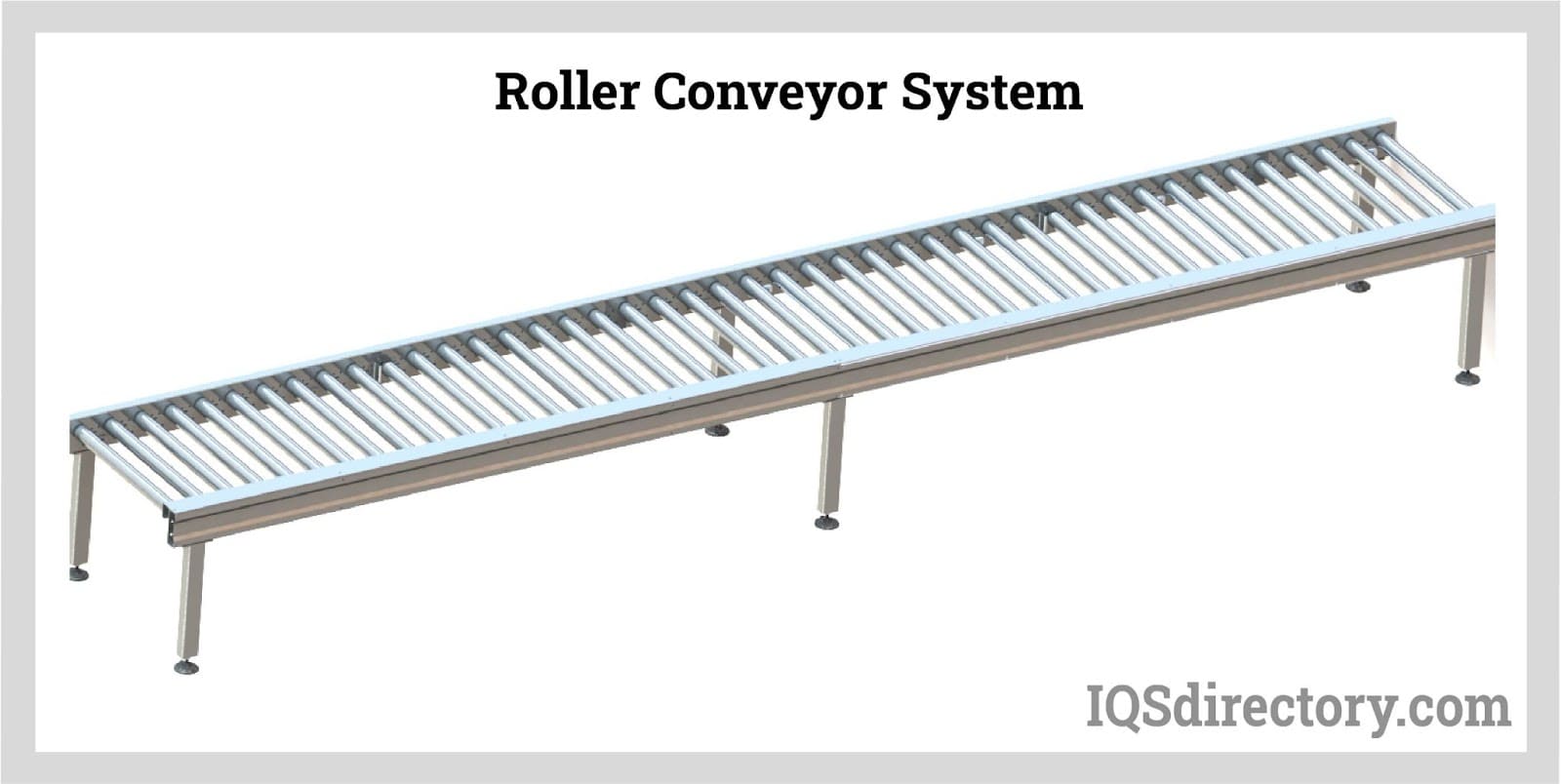

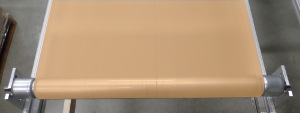 Conveyor Belting
Conveyor Belting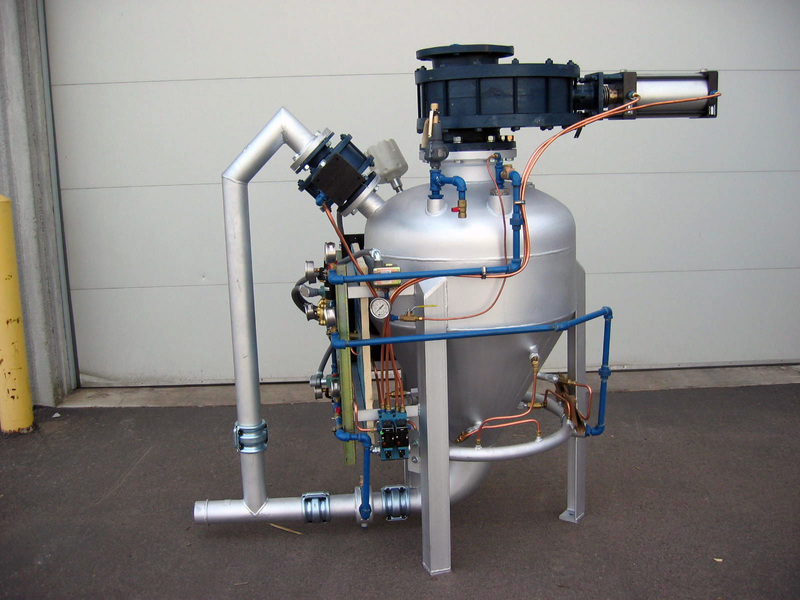 Conveyor Systems
Conveyor Systems Conveyors
Conveyors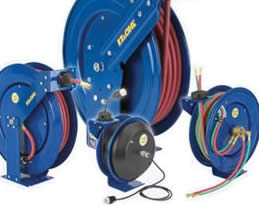 Hosereels
Hosereels Industrial Lubricants
Industrial Lubricants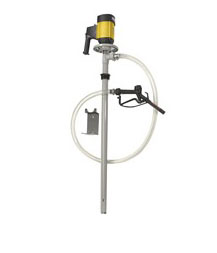 Lubricators
Lubricators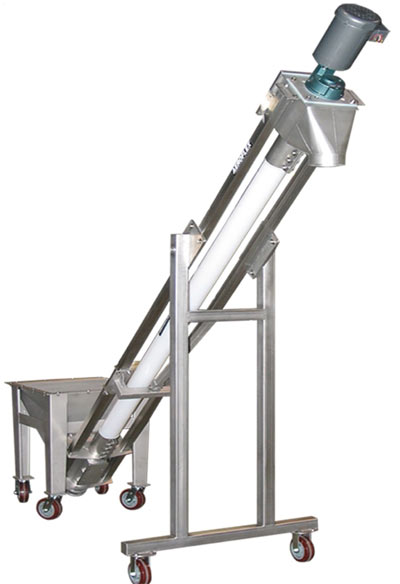 Screw Conveyors
Screw Conveyors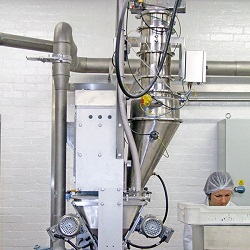 Pneumatic Conveyors
Pneumatic Conveyors AGV
AGV Air Pollution Control
Air Pollution Control Assembly Machinery
Assembly Machinery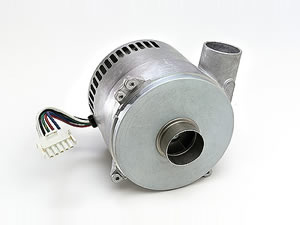 Blowers
Blowers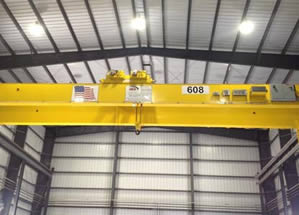 Cranes
Cranes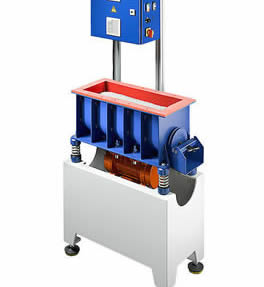 Deburring Machinery
Deburring Machinery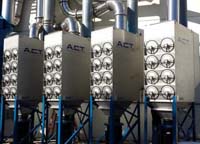 Dust Collectors
Dust Collectors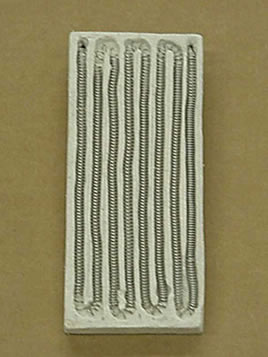 Heaters
Heaters Hose Reels
Hose Reels Mezzanines
Mezzanines Modular Buildings
Modular Buildings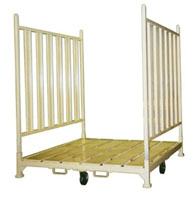 Storage Racks
Storage Racks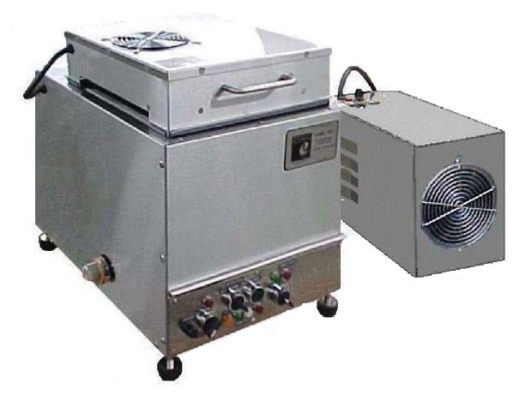 Ultrasonic Cleaners
Ultrasonic Cleaners Work Benches
Work Benches